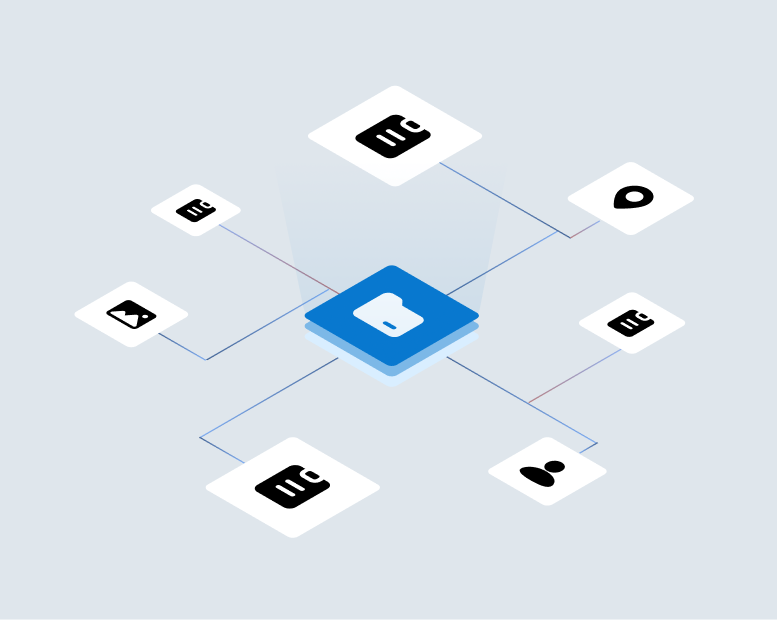Every few years, insurance circles back to the same promise like it’s breaking news:“Faster claims. Faster payments. Happier customers.” And every few years, we forget the same truth: Speed only helps if the risk was right to begin with.
Otherwise, you’re just automating bad decisions and calling it innovation. That’s not digital transformation — that’s leakage on autopilot.
The Speed Trap Nobody Talks About
The industry loves the optics of fast. It sounds modern. Customer-first. Efficient. And to be fair, prompt payment is good business. But too many carriers are chasing speed at the expense of understanding. They’re optimizing for moments, not management — measuring seconds instead of outcomes.
AI triage. Instant payment portals. Predictive repair. All good tools. But when the data feeding them is flawed, they just deliver the wrong result faster. It’s the equivalent of flooring a car with ice all over the windshield.
Why Carriers Keep Falling for It
Because fast is easy to market and measure. Accurate isn’t. Shave 48 hours off claim cycle time. High fives all around. But delay a few payments to verify legitimacy – watch out – even if that decision saves millions in leakage later. It’s a cultural bias toward visible progress over sustainable understanding. And it’s deeply rooted in how we’ve separated the functions of risk.
Everyone’s a Risk Manager — They Just Don’t Know It Yet
Carriers treat Actuarial, Underwriting, and Claims like they’re separate businesses. They’re not. They’re just different phases of the same system.
- Actuarial is risk pricing.
- Underwriting is risk selection.
- Claims is risk fulfillment.
They’re all part of one continuum — or at least they should be. But siloed thinking means the data that could sharpen future pricing stays buried in claims notes. The underwriting assumptions that shaped loss outcomes never make it back to the modelers. And the people paying for the mistakes aren’t the same ones making them. The result: disconnected intelligence, delayed feedback, and policies built on outdated risk understanding.
The Hard Truth: You can’t know if a risk remains good if you don’t continuously monitor it.
Fast and fair only works when you know what you’re paying for. That means losses tied to well-understood, verified risks — not optimistic paperwork from a bind rush.
- At Point of Sale: Verify what’s real before the policy ever goes live.
- At Endorsement: Treat every change as a diagnostic moment, not a clerical update.
- At Renewal & Claim: Feed everything you’ve learned back into the lifecycle.
You can’t be nimble if you’re blind. And you can’t earn speed without earning confidence first.
Why the Leader Keeps Winning
One major carrier already proved the model works. They didn’t just invest in automation — they rewired the loop between risk selection and fulfillment.
Behavioral analytics feed into pricing, claims outcomes feed back into underwriting and AI can learn from both.
That’s why they can offer elevated claims experiences — not because they’re reckless, but because they’ve built the trust infrastructure to move that fast. Their confidence in speed was earned upstream. They know who deserves to be paid fast — and who doesn’t. That’s the difference between customer empathy and underwriting negligence.
The Cultural Obstacles Holding Everyone Back
If we’re honest, the resistance to change isn’t technological — it’s tribal.
- Underwriters don’t want to inherit claims problems.
- Claims doesn’t want to be seen as underwriting’s cleanup crew.
- Actuarial is cautious about new data strategies disrupting pricing models.
Each team protects its turf, even the turfs overlap. It’s understandable — legacy systems, legacy incentives, legacy accountability structures. But in 2025, it’s no longer defensible. Because the data is there. The tools exist. The only thing missing is a shared mindset:
Everyone in this business is a risk manager.
Continuous Risk Understanding: The Missing Layer
Carriers that want to thrive aren’t chasing speed — they’re chasing truth. They’re building living risk models that observe, learn, and adapt across the lifecycle. Because risk doesn’t sit still:Occupancy changes. Drivers change. Economies shift. Roofs age. A static risk model is a liability. A living one is a competitive edge.
When you understand your risk continuously, you can decide — in real time — which claims deserve instant payment, which need investigation, and which never should’ve been bound in the first place.
The Real Revolution: Knowing When Fast Is Safe
The future isn’t “faster claims.” It’s connected risk.When Actuarial, Underwriting, and Claims operate as one intelligence system — continuously learning from one another — speed becomes an outcome of precision and certainty, not a substitute for it. Paying fast doesn’t make you modern but paying smart makes you sustainable.
You can’t automate confidence. You can only build it — with connected data, shared accountability, and a culture that treats every function as part of the same mission.
Start at bind. Verify at change. Learn at claim. That’s how you earn the right to be fast — and keep it.


